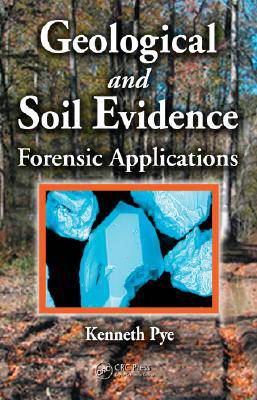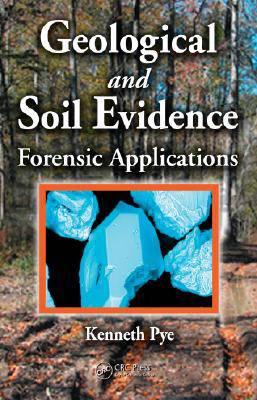
- Afhalen na 1 uur in een winkel met voorraad
- Gratis thuislevering in België vanaf € 30
- Ruim aanbod met 7 miljoen producten
- Afhalen na 1 uur in een winkel met voorraad
- Gratis thuislevering in België vanaf € 30
- Ruim aanbod met 7 miljoen producten
Zoeken
€ 195,95
+ 391 punten
Omschrijving
The forensic potential of geological and soil evidence has been recognized for more than a century, but recently these types of evidence are used much more widely as an investigative intelligence tool and as evidence in court. There is, however, still a poor understanding of the potential value and the limitations of geological and soil evidence among the forensic science and wider legal communities. Geological and Soil Evidence: Forensic Applications provides an authoritative introduction to the nature and properties of geological and soil materials that may be used as trace evidence and the techniques used to analyze and evaluate them. It emphasizes the use of geoscience in forensic analyses, including geophysical, meteorological, and geomorphological data. This inclusive book covers material types and analytical strategies used in examining both the common components of geological evidence, such as rocks, dusts, minerals, spores, and microfossils, as well as anthropogenic particles like pottery and brick. It instructs on particle characterization based on physical, chemical, and mineralogical traits such as color, shape, density, and elemental and isotopic composition. It also explains sampling and handling procedures particular to criminalistics and introduces analysis, evaluation, and decision-making practices based on statistical significance and the weighing of different types of evidence. Discussions of basic principles are supported and enhanced with numerous case studies that tie methods of analysis to specific forensic applications. Examples are drawn from the author's own experience as well as the wider scientific literature. Accessible enough for readers with limited scientific knowledge and informative enough for scientists interested in forensic applications, Geological and Soil Evidence: Forensic Applications is a comprehensive reference for the current knowledge of forensic geology and soil science.
Specificaties
Betrokkenen
- Auteur(s):
- Uitgeverij:
Inhoud
- Aantal bladzijden:
- 360
- Taal:
- Engels
Eigenschappen
- Productcode (EAN):
- 9780849331466
- Verschijningsdatum:
- 19/04/2007
- Uitvoering:
- Hardcover
- Formaat:
- Genaaid
- Afmetingen:
- 155 mm x 243 mm
- Gewicht:
- 635 g

Alleen bij Standaard Boekhandel
+ 391 punten op je klantenkaart van Standaard Boekhandel
Beoordelingen
We publiceren alleen reviews die voldoen aan de voorwaarden voor reviews. Bekijk onze voorwaarden voor reviews.








